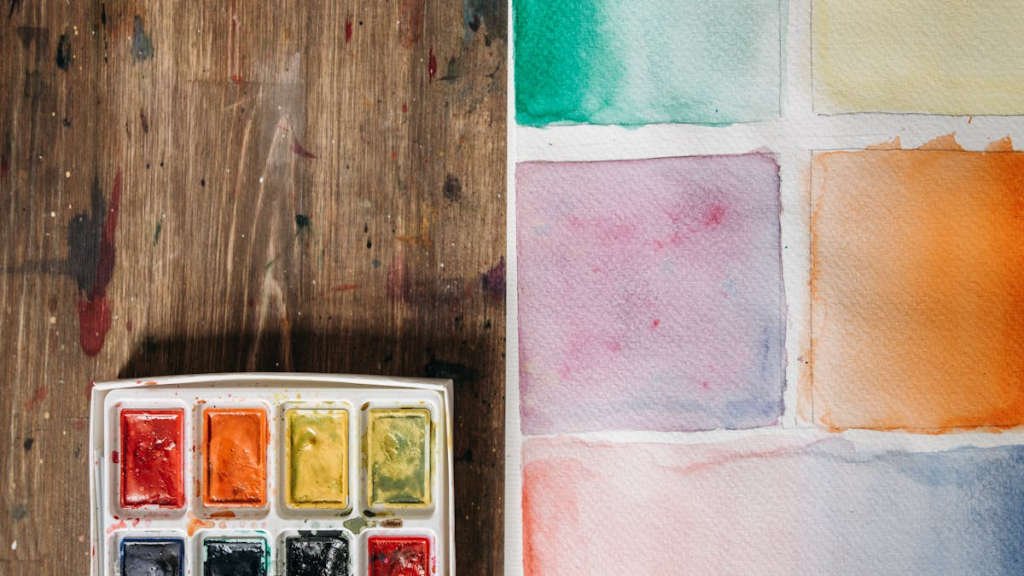
Welcome to my blog post dedicated to unveiling the timeless elegance of Mid-Century Modern Design! This design style, characterized by its sleek lines, organic shapes, and minimalist approach, continues to influence contemporary design trends. With its emphasis on functionality and simple beauty, Mid-Century Modern Design has stood the test of time and remains a popular choice for interior decorators and design enthusiasts alike.
Main Points:
- Exploring the clean lines and geometric shapes of Mid-Century Modern Design
- Discovering the influence of Retro Design Inspiration ideas on modern interiors
- Embracing the timeless appeal of Vintage Style Design Inspiration in home decor
- Incorporating Retro Design Inspiration tips into your own design projects
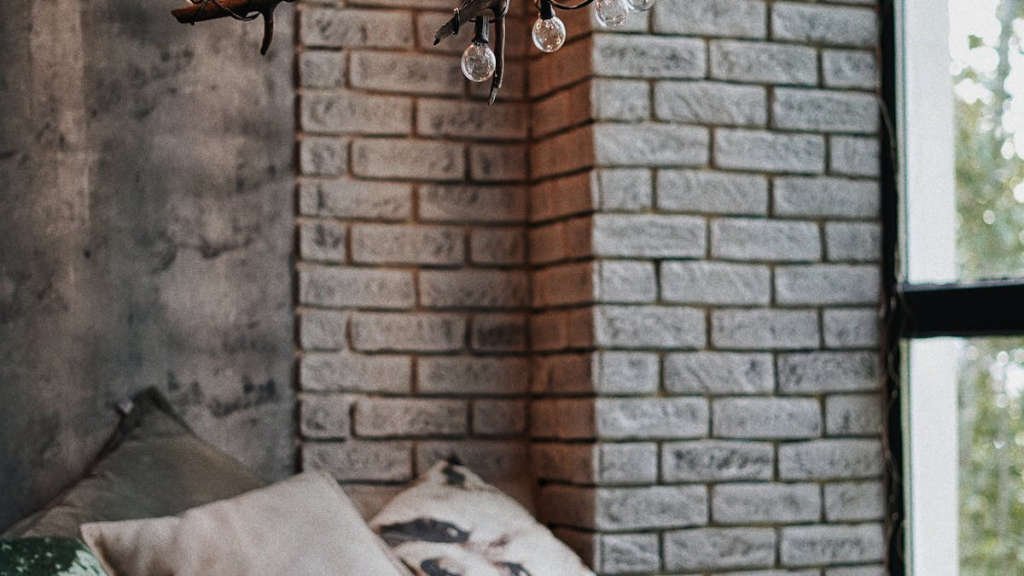
Exploring the Origins of Mid-Century Modern Design
In recent years, mid-century modern design has experienced a resurgence in popularity. With clean lines, organic shapes, and a focus on functionality, this design style has captivated the hearts of many retro design enthusiasts. But where did it all begin? Let’s dive into the origins of mid-century modern design and uncover the influences that shaped this iconic style.
Key Influences:
- Scandinavian Design: Known for its minimalist aesthetic and use of natural materials, Scandinavian design played a significant role in shaping mid-century modern design.
- Bauhaus Movement: The Bauhaus school of design emphasized the marriage of form and function, which is a core principle of mid-century modern design.
- Japanese Design: The simplicity and craftsmanship of Japanese design also had a profound influence on mid-century modern designers.
These key influences, combined with the post-World War II economic boom and a newfound focus on innovation, led to the rise of mid-century modern design in the mid-20th century. Designers such as Charles and Ray Eames, Eero Saarinen, and George Nelson became synonymous with this style, creating timeless pieces that are still cherished today.
Whether you’re a fan of vintage style design or simply appreciate the clean lines and simplicity of mid-century modern design, it’s clear that this iconic style has left a lasting impact on the world of design.
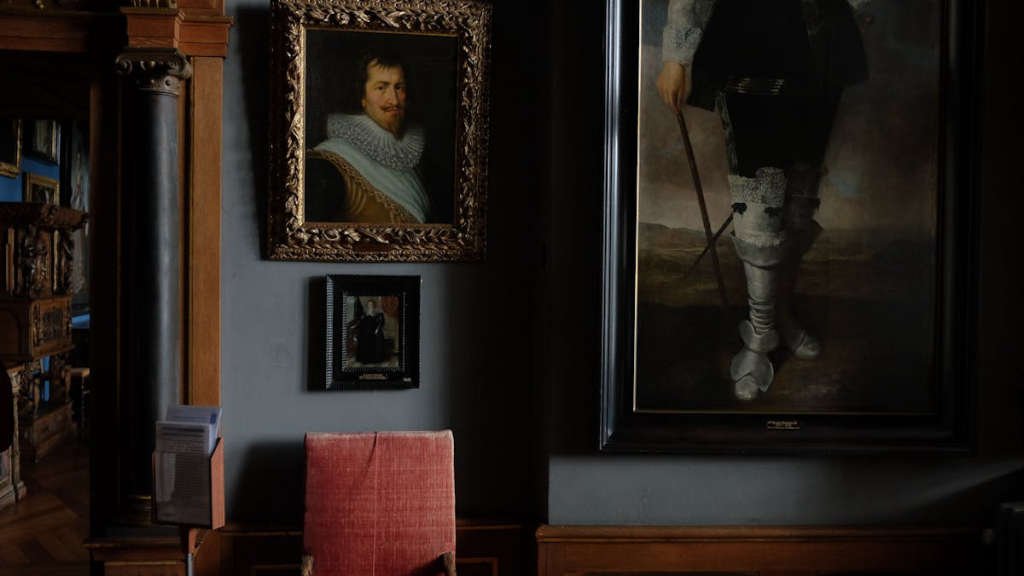
Key Elements That Define Mid-Century Modern Aesthetics
Mid-century modern design is a popular interior style that emerged in the mid-20th century and is still beloved today for its clean lines, organic shapes, and minimalist aesthetic. There are several key elements that define mid-century modern aesthetics, making it a timeless and versatile design choice for homes and spaces.
1. Organic Forms and Natural Materials
One of the defining characteristics of mid-century modern design is the use of organic forms and natural materials. Furniture pieces often feature simple, clean lines with gentle curves and geometric shapes inspired by nature. Wood, leather, and natural fabrics like wool and linen are commonly used to add warmth and texture to the space.
2. Iconic Furniture Pieces
Mid-century modern design is known for its iconic furniture pieces that have stood the test of time. Pieces like the Eames Lounge Chair, the Noguchi Coffee Table, and the Barcelona Chair are classic examples of mid-century modern design that continue to be popular today. These timeless pieces add a sense of sophistication and style to any space.
3. Minimalist Aesthetic
In keeping with the design trends of the mid-20th century, mid-century modern design embraces a minimalist aesthetic. Clutter is eliminated in favor of clean, open spaces that emphasize form and function. Neutral colors like white, black, and shades of brown are often used as the primary color palette, with pops of bold, vibrant colors introduced through artwork and accent pieces.
| Organic Forms and Natural Materials | Iconic Furniture Pieces | Minimalist Aesthetic |
|---|---|---|
| Clean lines, gentle curves, natural materials | Eames Lounge Chair, Noguchi Coffee Table, Barcelona Chair | Clutter-free, open spaces, neutral colors |
Overall, mid-century modern aesthetics are characterized by a harmonious blend of form, function, and style that create a timeless and inviting atmosphere in any space. By incorporating these key elements into your design, you can achieve a mid-century modern look that is both stylish and comfortable.
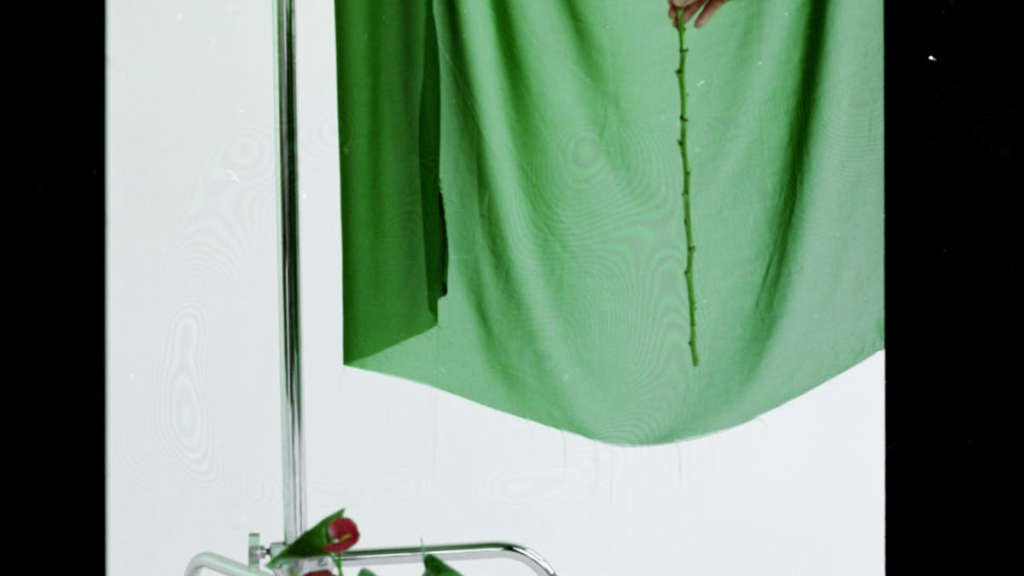
Hey there! Let’s Talk About Incorporating Mid-Century Modern Furniture in Contemporary Interiors
When it comes to interior design, mixing different styles can create a unique and eclectic look in your space. One popular trend that has been gaining traction is incorporating mid-century modern furniture in contemporary interiors. This blend of old and new adds character and charm to any room, creating a harmonious balance between the past and the present.
But how can you successfully incorporate mid-century modern furniture into your contemporary space? Here are a few tips:
1. Mix and Match: Don’t be afraid to mix and match different styles of furniture. Pair a sleek mid-century modern sofa with a contemporary coffee table or a vintage armchair with a modern dining table. The key is to find a balance between the two styles to create a cohesive look.
2. Pop of Color: Add a pop of color with mid-century modern furniture pieces. Opt for bold hues like mustard yellow, teal, or burnt orange to add a retro vibe to your contemporary space. You can also incorporate bright accent pillows or rugs to bring a splash of color into the room.
3. Statement Pieces: Invest in a few key mid-century modern pieces that will make a statement in your space. Whether it’s a funky geometric chair or a sleek teak sideboard, these pieces will add personality and flair to your contemporary interior.
By incorporating mid-century modern furniture into your contemporary interiors, you can create a stylish and welcoming space that is both timeless and on-trend. So go ahead, mix and match, add a pop of color, and choose some statement pieces to elevate the design of your home!
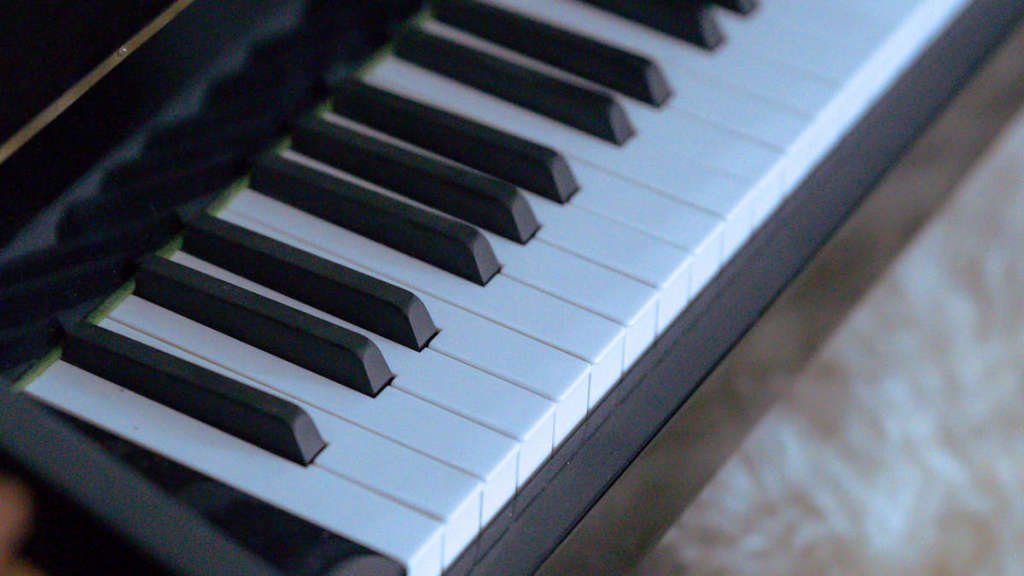
Iconic Mid-Century Modern Architects and Designers
During the mid-20th century, a design movement known as Mid-Century Modern became immensely popular, influencing architecture, interior design, and furniture. Here are some of the most iconic architects and designers of this era:
1. Frank Lloyd Wright
Frank Lloyd Wright is widely considered one of the greatest American architects of all time. His organic architecture and innovative designs, such as Fallingwater and the Guggenheim Museum, have left a lasting impact on the world of architecture.
2. Eero Saarinen
Eero Saarinen was a Finnish-American architect known for his sleek, sculptural designs. Some of his most famous works include the TWA Terminal at JFK Airport and the iconic Tulip Chair.
3. Charles and Ray Eames
Charles and Ray Eames were a husband-and-wife design duo who made significant contributions to furniture design and architecture. They are best known for their iconic Eames Lounge Chair and Molded Plywood Chairs.
4. Ludwig Mies van der Rohe
Ludwig Mies van der Rohe was a German-American architect who believed in the principle “less is more.” His minimalist designs, such as the Barcelona Pavilion and Farnsworth House, are hallmarks of the Mid-Century Modern style.
5. Arne Jacobsen
Arne Jacobsen was a Danish architect and designer known for his modernist furniture and architecture. His Egg Chair and Swan Chair are timeless classics that have become synonymous with Mid-Century Modern design.
6. Alvar Aalto
Alvar Aalto was a Finnish architect and designer who combined modernist principles with organic forms. His famous Savoy Vase and Paimio Chair showcase his innovative use of materials and dedication to functional design.
7. Charlotte Perriand
Charlotte Perriand was a French architect and designer who collaborated with Le Corbusier and Pierre Jeanneret. Her contributions to modern furniture design, such as the LC4 Chaise Lounge, have solidified her legacy in the world of design.
8. Isamu Noguchi
Isamu Noguchi was a Japanese-American artist and designer known for his sculptural furniture and public artworks. His Noguchi Coffee Table and Akari Light Sculptures are revered for their timeless beauty and functionality.
| Name | Country | Famous Works |
|---|---|---|
| Frank Lloyd Wright | USA | Fallingwater, Guggenheim Museum |
| Eero Saarinen | Finland/USA | TWA Terminal, Tulip Chair |
| Charles and Ray Eames | USA | Eames Lounge Chair, Molded Plywood Chairs |
These iconic Mid-Century Modern architects and designers have left an indelible mark on the world of design, shaping the way we think about architecture and furniture to this day.
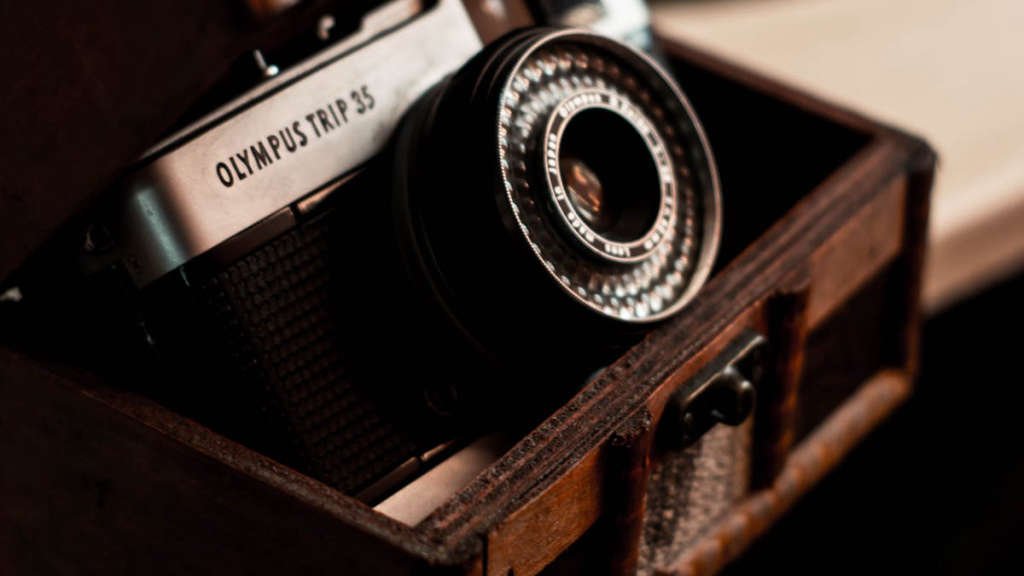
The Influence of Mid-Century Modern Design on Popular Culture
Mid-century modern design has had a lasting impact on popular culture, influencing everything from architecture to fashion. Characterized by clean lines, minimalism, and functionality, this design aesthetic emerged in the mid-20th century and continues to be celebrated today.
One of the key features of mid-century modern design is its timeless quality. The furniture and decor from this era have a classic appeal that transcends trends, making them a popular choice for interior designers and homeowners alike. The simplicity of the design also lends itself well to mass production, making it accessible to a wide audience.
Mid-century modern design can be seen in a variety of popular culture references, from the iconic furniture of designers like Charles and Ray Eames to the set designs of television shows like Mad Men. Its influence can also be seen in contemporary fashion, with many designers drawing inspiration from the clean lines and bold colors of this era.
In conclusion,
the influence of mid-century modern design on popular culture is undeniable. Its timeless appeal and simplicity have made it a mainstay in design and continue to inspire creators across various fields.
Conclusion
In conclusion, undefined holds significant potential in the world of design and aesthetics. With its unique blend of simplicity, functionality, and timeless appeal, undefined can easily be incorporated into various design styles, including the popular Mid-Century Modern Design. By embracing undefined, designers can push the boundaries of creativity and create truly innovative and dynamic spaces that resonate with modern audiences.
Frequently Asked Questions
What are the key characteristics of Mid-Century Modern design?
Key characteristics include clean lines, organic forms, functionality, and minimal ornamentation.
Which materials are commonly used in Mid-Century Modern furniture?
Materials such as wood, plastic, metal, and glass are commonly used in Mid-Century Modern furniture.
How can I incorporate Mid-Century Modern design into my home?
You can incorporate Mid-Century Modern design by using iconic furniture pieces, such as Eames chairs, and by adding geometric patterns and a mix of textures.
What colors are typically used in Mid-Century Modern design?
Mid-Century Modern design often features warm, earthy tones such as mustard yellow, olive green, and burnt orange, as well as neutrals like white, black, and gray.
Is Mid-Century Modern furniture expensive?
The cost of Mid-Century Modern furniture can vary depending on factors like designer, rarity, and condition. Some pieces may be expensive, while others are more affordable and accessible.
